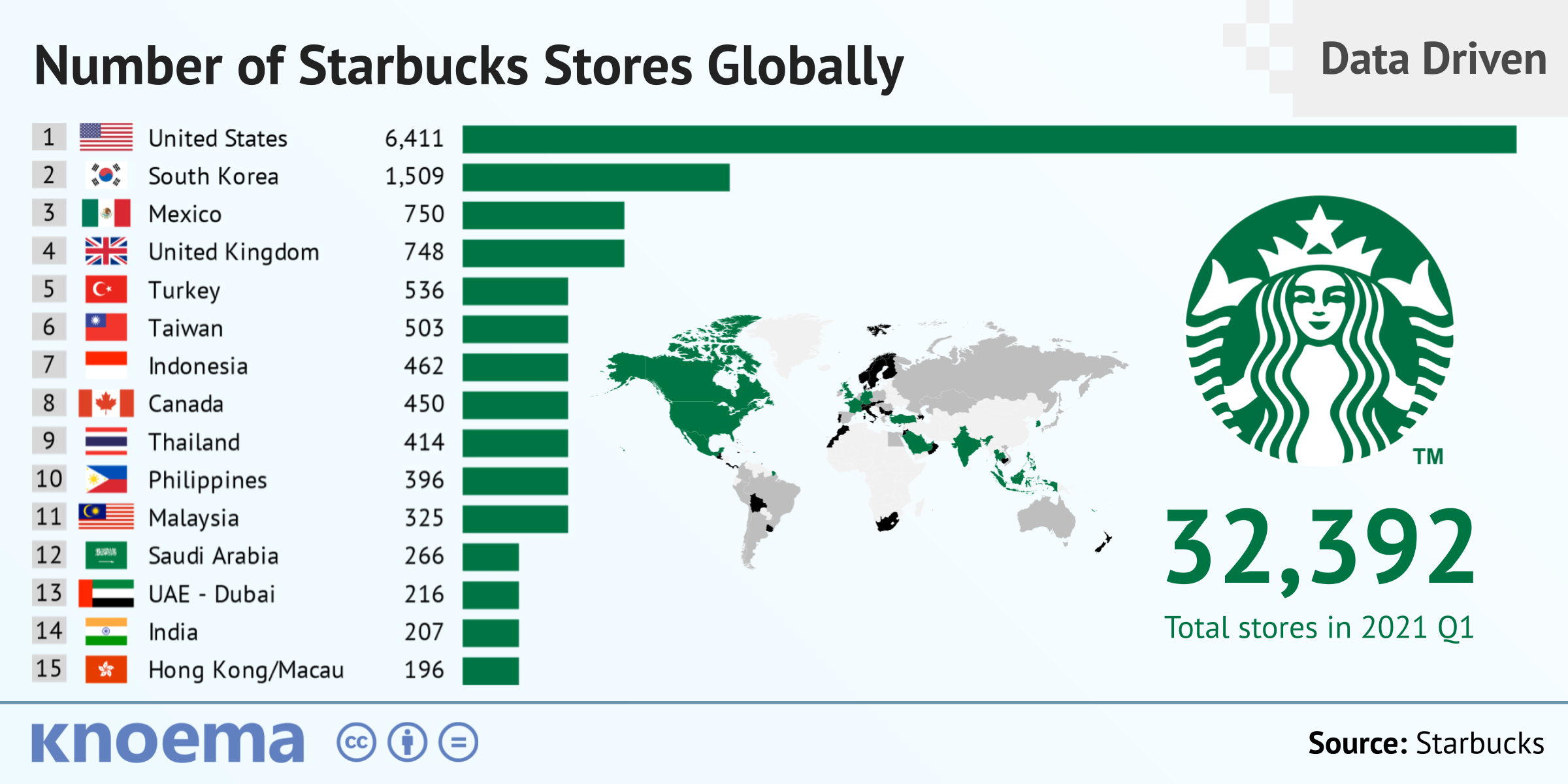Big Bad Brand #5: Starbucks

At the height of the COVID pandemic, many rushed to order takeaways, resulting in the insurmountable use of single-use plastics. This global phenomenon is also a common sight in our very own – Starbucks. Our world is covered in plastic waste and this is largely attributed to our ‘go-to’ coffee culture prevalent in Singapore as well, think of the early mornings of CBD or UTown queue for a cuppa hot piping americano at Starbucks.
Paper Cup Problem

Every minute, Starbucks uses approximately 8,000 paper cups and this totals up to more than 4billion a year, equating to an astounding 1.6million trees before harvest. While these cups are branded to be paper and thus a supposed biodegradable material, the cups are actually lined with plastic and thus not really recyclable. These plastic linings are also known as polyethene, a plastic that functions as a moisture barrier and has to be separated from the cup before it can be recycled (Helmer, 2020).
The process to separate the materials is both complex and expensive, hence most of the cups are sent to landfills or incinerators for final disposal (Helmer, 2020). It becomes an issue when these cups start decomposing in landfills or are left to degrade naturally. Sometimes, it may lead to carcinogenic chemical leeching (Raghavan & Notaras, 2009) into the water bodies or land surrounding it.
This supposed eco-friendly design is highly flawed – having the right intentions of being green but executing it is another issue.

Biggest Coffee Company
Starbucks is the biggest coffee company in the world and the impact of its waste on our water, oceans and land are dramatic. As a household brand for coffee, Starbucks had initially pledged to “introduce a fully recyclable cup by 2015 and to selling at least 25% of its drinks in reusable cups” yet this is not something the company has achieved (Clean Water Action, 2018). To date, only a mere 1.6% of drinks are sold in non-disposable mugs and cups.
The accountability and impact Starbucks has as an influential brand are of crude importance in the coffee industry and thus the paper cup industry. A change in the supply chain management will and eventually will lead to a change in landfill pollution occurring globally.
References
- Clean Water Action. (2018, February 19). Starbucks and our plastic pollution problem. Clean Water Action. https://www.cleanwateraction.org/features/starbucks-and-our-plastic-pollution-problem
- Helmer, J. (2020, November 12). The massive impact of your takeout coffee cup. FoodPrint. https://foodprint.org/blog/environmental-impact-coffee-cup/
- Raghavan, R., & Notaras, M. (2009, March 3). Sad demise of the paper coffee cup—Our world. https://ourworld.unu.edu/en/storm-in-a-paper-cup